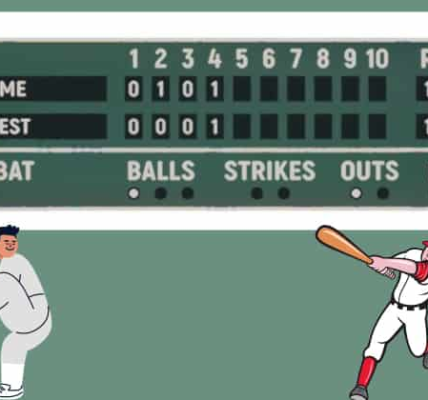Sports editors are not just looking for stat lines and game reports from their writers. The inclusive nature of sports means that athletes reflect changing values and social attitudes. Contemporary sports reporting recognizes athletes, coaches and other people as individuals, not interchangeable parts.
In recent years, athletes have taken a public stand on various issues. The following events have sparked discussion on social media and in the comment sections of sports stories:
ESPN conducted a survey among fans to gauge their support for athletes who take a stand on social issues. Seventy-one percent of respondents expressed support, with 44% strongly supporting athletes making their voices heard. Sports media that do not consider the views of athletes on contemporary issues are not meeting the needs of their audience.
How do fans perceive sports reporting?
Sports media and journalists should respond to the needs of their audience. Regular fans and avid fans are used to new innovations in their favorite sports. Several generations of Green Bay Packers, New York Knicks or Manchester United fans may perceive sports journalism differently.
Deloitte has published a report on year-round fan engagement by sports leagues. In this report, you can also see how digital media reach their audience beyond game coverage. The main conclusion of this report is that the sports business needs to engage fans both in the offseason and during the regular season.
No off-season for sports journalism
The average offseason for major professional leagues ranges from 118 days for the NHL to 215 days for the NFL. Round-the-clock access to sports news and social media has increased the expectation of year-round coverage. The question for sports journalists and sports editors is how to fill months without games, transactions or drafts.
Deloitte found that 95% of all respondents wanted to stay connected to their favorite leagues and teams throughout the year. Sixty-five percent expected at least monthly content from the teams. Sports reporting fills this gap with timely tweets, player interviews, and other content.
Choosing the right media for sports reporting
There is no one-size-fits-all approach to sports journalism. Sports fans use multiple media for specific purposes, not just one source of coverage. Website bookmarks and social media accounts make it easy to access dozens of sports journalists.
This trend in sports news consumption means that fans have different expectations for different types of news. For example, Deloitte found the following respondents’ preferences for quick updates:
- Sports websites;
- television;
- Social media;
- Mobile apps;
- Sports radio;
- Print journalism.
Smartphones provide access to the most popular outlets for sports fans. A report by Burst Media found that 77.3% of respondents used smartphones or tablets to increase their live sports viewing. The survey also found that 40.9% of participants regularly watch live sports events on these devices.




